China Goes West

Western China accounts for two-thirds of China’s land mass and 370 million of its population. Since the central government launched its plan to revitalize the west of in China in 2000 with the “Go West” campaign, the region has seen an annual average economic growth of 10.7 percent. This series takes a look at the region 10 years after the start of the campaign. What triumphs have taken place and what challenges still remain in China’s last frontier.
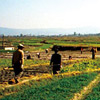 Investing in Yunnan: ASEAN, Adventure Tourism, Myanmar and India’s Elephant in the Backyard
Investing in Yunnan: ASEAN, Adventure Tourism, Myanmar and India’s Elephant in the Backyard
August 31, 2010
Yunnan has always been an enigmatic province; encompassing four major Chinese minorities influenced by Vietnam, India, Burma and Tibet, and home to the very eastern end of the Himalayan ranges, it is never a simple region to categorize. Read the complete article
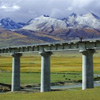 Qinghai: Agriculture, Eco-Tourism, Tibet…And India?
Qinghai: Agriculture, Eco-Tourism, Tibet…And India?
August 27, 2010
Qinghai is an area of traditional grazing pastures with huge numbers of livestock, and was for centuries the traditional grazing grounds for Tibetan nomads. In recent years, aided by the central government’s “Go West” policy and mineral wealth, it has seen strong growth due to large oil and gas deposits.
Read the complete article
 Investment Opportunities in Chengdu, Chongqing and Sichuan
Investment Opportunities in Chengdu, Chongqing and Sichuan
August 25, 2010
Sichuan is the powerhouse of China’s southwest and has gained increased attention since the implementation of the Go West policy back in 2000. The province has benefited from lower operating costs than the eastern and central regions, with the added attraction of a massive population. Read the complete article
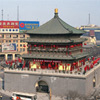 Shaanxi: China’s National Science and Engineering Development Hub
Shaanxi: China’s National Science and Engineering Development Hub
August 24, 2010
Resource-rich Shaanxi has seen significant developments in the past few years, as this most traditional of Chinese provinces enters a new century full of hope, promise and a gleaming makeover of its capital city, Xi’an. Read the complete article
 Guangxi: China’s Direct Link to Southeast Asia
Guangxi: China’s Direct Link to Southeast Asia
August 23, 2010
Guangxi, in China’s southwest, has the geographic advantage of being in close proximity to other Southeast Asian countries, the world class financial center of Hong Kong, and Guangdong Province, China’s wealthiest and its largest manufacturing base. Read the complete article
 Investing in Tibet, the Roof of the World
Investing in Tibet, the Roof of the World
August 20, 2010
Foreign direct investment in Tibet is often a contentious issue,, and while it will never be a prime location for foreign investment, there are sensible opportunities in the region that can assist the local indigenous population and that can be ethically advantageous. Read the complete article
 Ningxia: Small but Beautiful and Productive
Ningxia: Small but Beautiful and Productive
August 19, 2010
Ningxia as a whole is quite poor compared to its provincial neighbors and it struggles with infrastructure and water shortages but it does have abundant natural resources however, particularly coal and natural gas and irrigation from the Yellow River here provides reasonable crops, despite much of the region being desert. Read the complete article
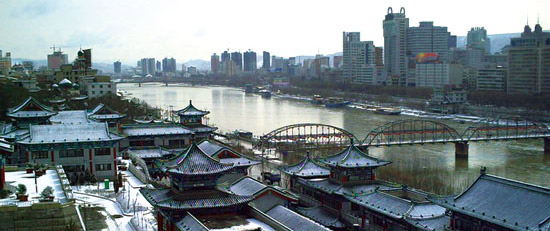 Gansu: China’s Central Distribution Axis
Gansu: China’s Central Distribution Axis
August 18, 2010
Partly carved out of desert, the old Tibetan Province of Amdo, with the Yellow River slurping its way east, Gansu is also home to China’s nuclear testing and space exploration base, and for decades has been the home to much of China’s heavy industry. Read the complete article
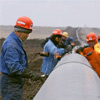 Stability and Development Twin Concerns for China in Central Asia
Stability and Development Twin Concerns for China in Central Asia
August 17, 2010
China has tied its western development to its foreign policy initiatives, pushing roads and communication links west at the same time it is building influence and prestige through programs like the Shanghai Cooperation Organization and low interest loans in exchange for concessionary oil and gas rights.
Read the complete article
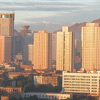 Investment Tips for Xinjiang, Urumqi and Kashgar
Investment Tips for Xinjiang, Urumqi and Kashgar
August 16, 2010
Xinjiang has been generating a fair amount of publicity recently as a potential destination for investment, driven by a variety of elements. Although the autonomous region in China’s far west suffered ethnic violence and unrest last year, things have been moving on. Read the complete article








